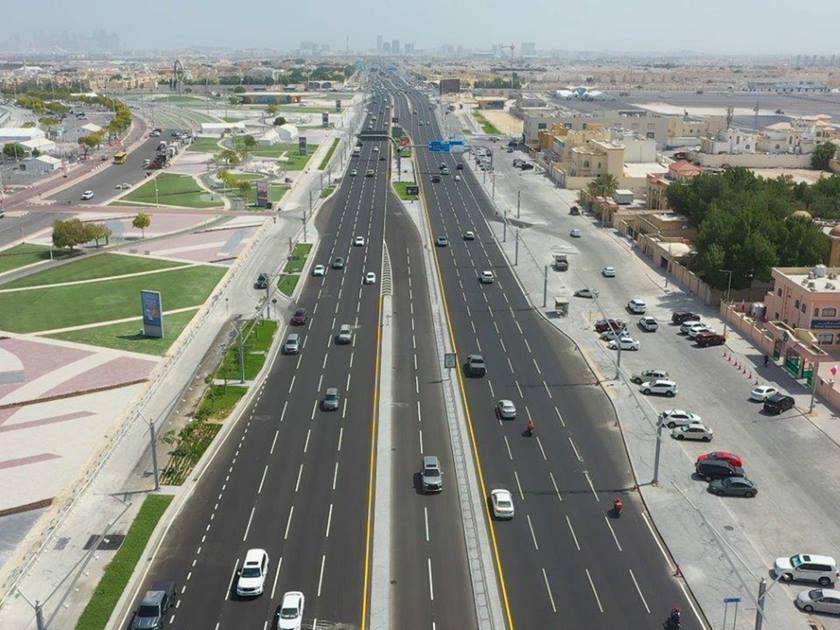There has been a drop in traffic-related deaths and severe injuries over the past couple of years.
Driving trucks have been prohibited during peak traffic hours throughout Ramadan to ensure road safety throughout the month, Qatar’s Ministry of Interior announced on Tuesday.
In a social media post, the MOI prohibited driving trucks between 7:30-10:00 a.m.,12:30-3:00 p.m., and from 5:30 p.m. until midnight.
The hours have been decided based on the working hours of the general public in Qatar throughout Ramadan, announced last week by local authorities.
During Ramadan, civil employees work for five hours, starting from 9:00 a.m. until 2:00 p.m.
Employees are allowed to show up an hour late to work, 10:00 a.m. at the latest, on the condition that they fulfil their five working hours.
The measures introduced by the MOI also come as it works to prevent possible road accidents that often occur when one rushes back home during the final hour before iftar.
Road safety in Qatar
Responding to a poll that Doha News shared on Instagram in 2022, 42 percent of participants said that they had been in a car accident in Qatar, while 13 percent said that they had lost a loved one as a result of a road accident.
Traffic-related deaths in Qatar and severe injuries have since been witnessing an annual drop over the past couple of years.
Last year’s deaths and injuries in Qatar dropped by 24.3 percent in comparison to 2022, the MOI announced last week in a press conference. The rate of deaths recorded were 15 per 100,000 of the local population of three million.
In 2023, Qatar recorded only 168 deaths caused by car accidents whereas the figure stood at 222 in the previous year.
Injuries also decreased by 19.8 percent in 2023 in comparison to 2022, the MOI added.
Overall road traffic crashes in Qatar dropped by five percent between 2023 and 2022, with minor accidents accounting for 95.4 percent of the recorded incidents.
The drop in such accidents comes as the traffic department increases its patrols in the country while introducing advanced radars that detect violations, including the usage of mobile phones while driving.
Globally, road crash injuries are estimated to be among the top 10 leading causes of death, especially for children and young populations aged between five-to-29, according to the Centers for Disease Control and Prevention.
At least 1.9 million people globally die due to road traffic accidents, with 92 percent of the fatalities occurring in low and middle-income countries, according to the World Health Organization.
The majority of the deaths occur among pedestrians, cyclists and motorcyclists.
In 2020, the United Nations adopted resolution 74/299 on Improving Global Road Safety due to the critical need to protect people on the road. The resolution set a target of reducing road deaths and injuries by 50 percent by 2030.
The WHO stressed in its 2023 Global Status Report on Road Safety that more international action is needed to ensure safer roads.
“The tragic tally of road crash deaths is heading in the right direction, downwards, but nowhere near fast enough,” WHO Director-General, Dr. Tedros Adhanom Ghebreyesus, said last December.
“The carnage on our roads is preventable. We call on all countries to put people rather than cars at the centre of their transport systems, and ensure the safety of pedestrians, cyclists and other vulnerable road users.”







